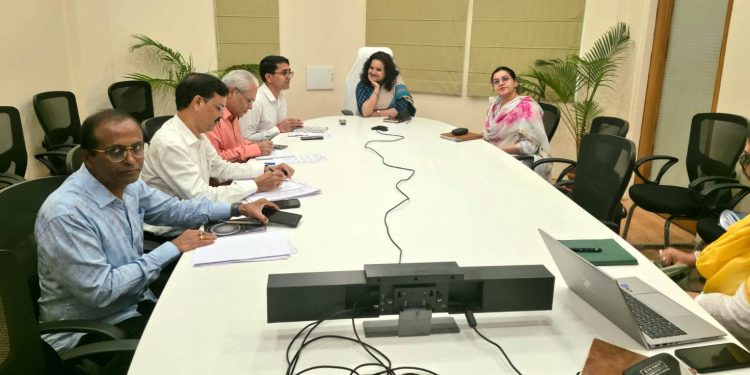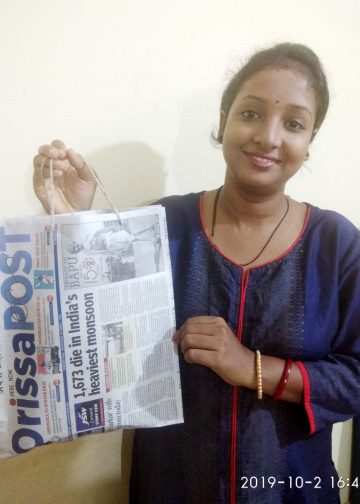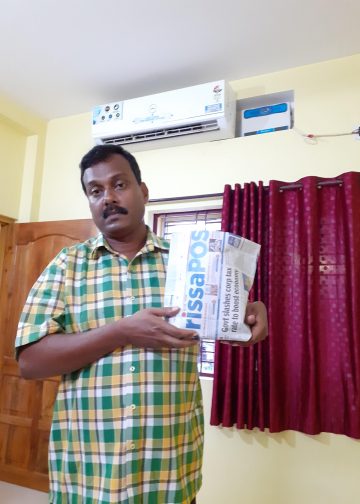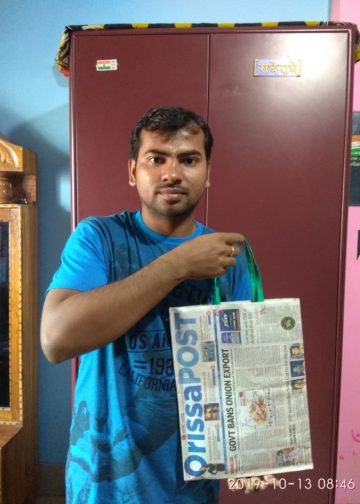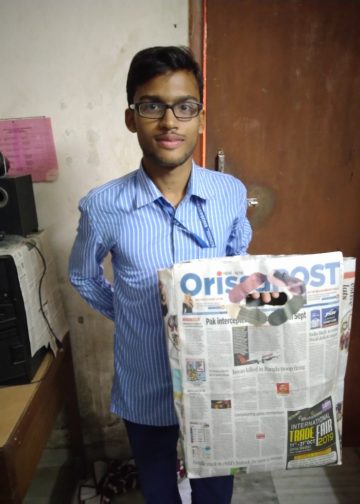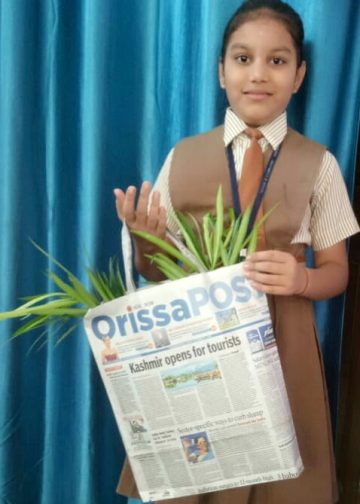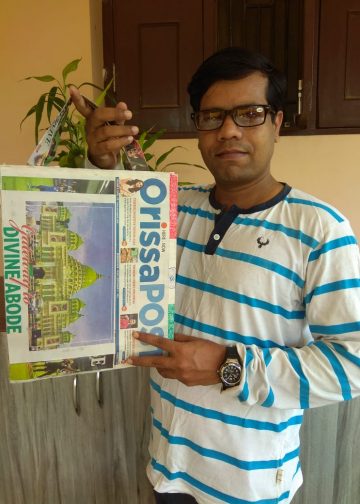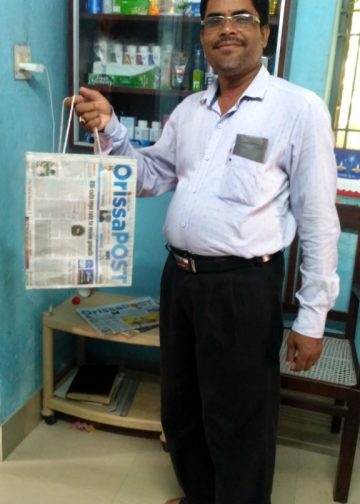Bhubaneswar: The Odisha government is moving ahead with its ambitious plans to transform Hirakud into a world-class tourism destination.
As part of this transformation, two major projects, the Water and Light Symphony and the Dam Museum, have been identified as key attractions within the Hirakud tourism circuit.
The Odisha Construction Corporation (OCC) has been entrusted with the responsibility of ensuring the timely completion and maintaining high-quality standards in the execution of these landmark initiatives.
Also Read: 5.5L cusec flood water to flow into Mahanadi today
A high-level review meeting was recently held under the chairpersonship of Development Commissioner-cum-Additional Chief Secretary Anu Garg to assess the progress of the two flagship projects being implemented under the Central Scheme – Special Assistance to States for Capital Investment (SASCI).
Senior officials from the Tourism department and other key implementing agencies participated in the meeting. Department’s Commissioner-cum-Secretary presented a comprehensive overview of the Hirakud Master Plan, outlining the vision for developing the area into a major tourism hub.
The presentation included detailed insights into the proposed projects, innovative design concepts, and the various statutory clearances and approvals required to facilitate smooth and timely execution.
The Water and Light Symphony project is envisioned to narrate the captivating story of the Mahanadi River, tracing its journey from origin to confluence, the creation of the iconic Hirakud Dam, and its pivotal role in shaping Odisha’s growth and prosperity.
Designed as an immersive experience, the theme will highlight the deep emotional and cultural bond between the river and the people of the state, centred around the central message: “Mahanadi is not just a river, it is us.
The proposed Hirakud Dam Museum will provide visitors with an immersive experience of the dam’s history, from the pre-dam years of floods and famines, to the visionary leadership that led to its construction, and the socio-economic transformation that followed.
The museum will include interactive displays, augmented and virtual reality experiences, and experiential learning spaces to make the visit engaging for all age groups.
The review meeting also underscored the importance of integrating environmental sustainability, heritage conservation, and livelihood enhancement for local communities into the overall development framework.
Emphasis was placed on ensuring that tourism growth aligns harmoniously with ecological balance and cultural preservation.
Once completed, these projects are expected to boost the region’s tourism potential significantly, generate local employment opportunities, and position Hirakud as a distinctive destination that seamlessly blends engineering excellence with natural beauty.

